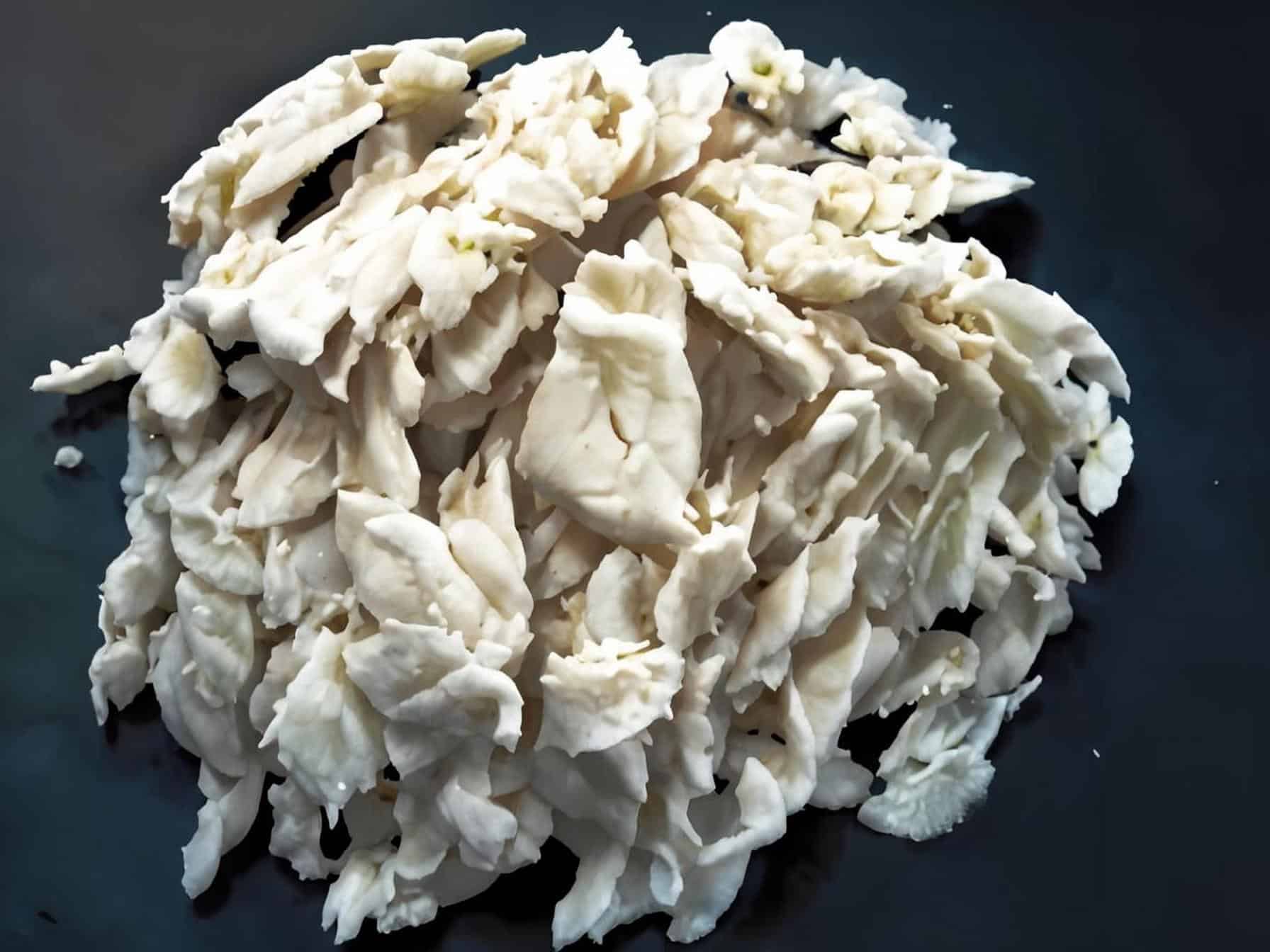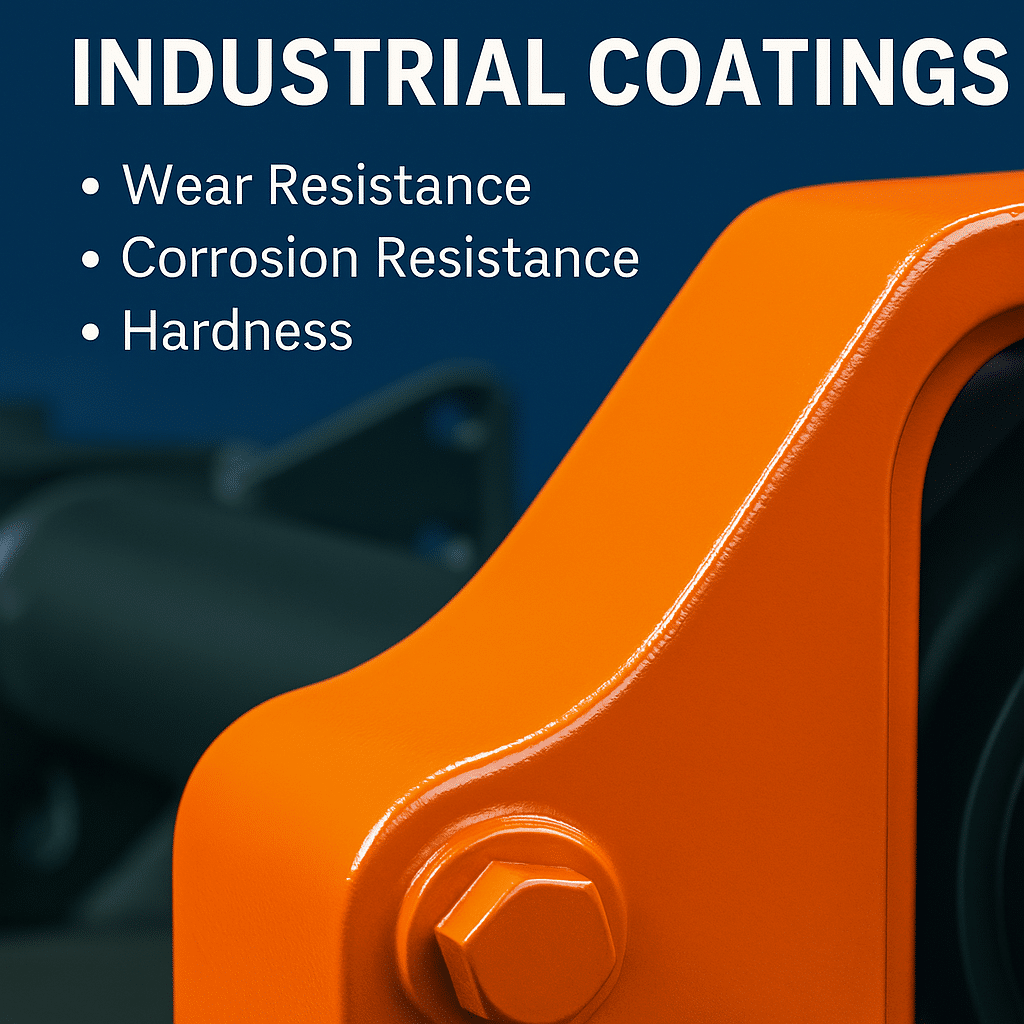Introduction to Flame Retardant Properties of Epoxy Resin
Epoxy resin is a versatile polymer compound widely used across various industries, including electronics, aerospace, and construction. To improve its fire safety, flame retardant additives are often incorporated. These additives slow the spread of flames, providing critical protection against fire hazards. Common flame retardants for epoxy resin include brominated, chlorinated, and phosphorus-based compounds.
Mechanisms of Flame Retardancy in Epoxy Resin
The flame-retardant mechanisms of epoxy resin can be categorized into two primary processes: physical barrier and chemical interruption.
- Physical Barrier: During a fire, flame retardants can form a protective char layer through expansion and carbonization, which inhibits flame spread and heat transfer to the underlying material.
- Chemical Interruption: In the event of combustion, flame retardants react with combustion products to form non-combustible compounds, disrupting the burning process and reducing the release of flammable gases.
Factors Influencing Flame Retardant Performance
Several factors can affect the flame retardant performance of epoxy resin:
- Type and Quantity of Flame Retardants: Different flame retardants exhibit varying effectiveness. However, excessive use of these additives can lead to the degradation of epoxy resin properties.
- Composition and Structure of Epoxy Resin: The inherent composition and molecular structure of the epoxy resin influence its combustion behavior and the nature of combustion products.
- Environmental Conditions: Flame retardant performance is also impacted by environmental factors such as temperature, humidity, and oxygen concentration during exposure to fire.
Testing Methods for Flame Retardant Performance
To assess the flame retardant properties of epoxy resin, several standardized testing methods are employed:
- Limiting Oxygen Index (LOI): Measures the minimum concentration of oxygen needed for combustion.
- UL94 Vertical Burning Test: Evaluates the flame propagation characteristics of materials.
- Horizontal Burning Test: Tests how quickly a material burns when exposed to a flame from a side perspective.
Applications and Future Prospects of Flame-Retardant Epoxy Resin
Flame retardant epoxy resins are extensively used in industries where fire safety is paramount, such as in the manufacturing of electronic components, automotive parts, and construction materials. With the continuous advancement of flame-retardant technologies, the future of epoxy resin looks promising. New formulations and innovations are expected to enhance flame retardant properties, leading to broader applications and improved fire safety.
Conclusion
In conclusion, the flame-retardant performance of epoxy resin is influenced by various factors, including the type of additives used and the resin’s inherent properties. By appropriately incorporating flame retardants, the fire safety of epoxy resin can be significantly enhanced. As technology evolves, we anticipate further improvements in flame retardant techniques, ensuring that epoxy resin meets the growing demands for fire-resistant materials in various industries.
For more information about epoxy resin from YQXPOLIMER, please reach us at: sales@yqxpolymer.com or +86-28-8411-1816.
Some pictures and texts are reproduced from the Internet, and the copyright belongs to the original author. If there is any infringement, please contact us to delete.




